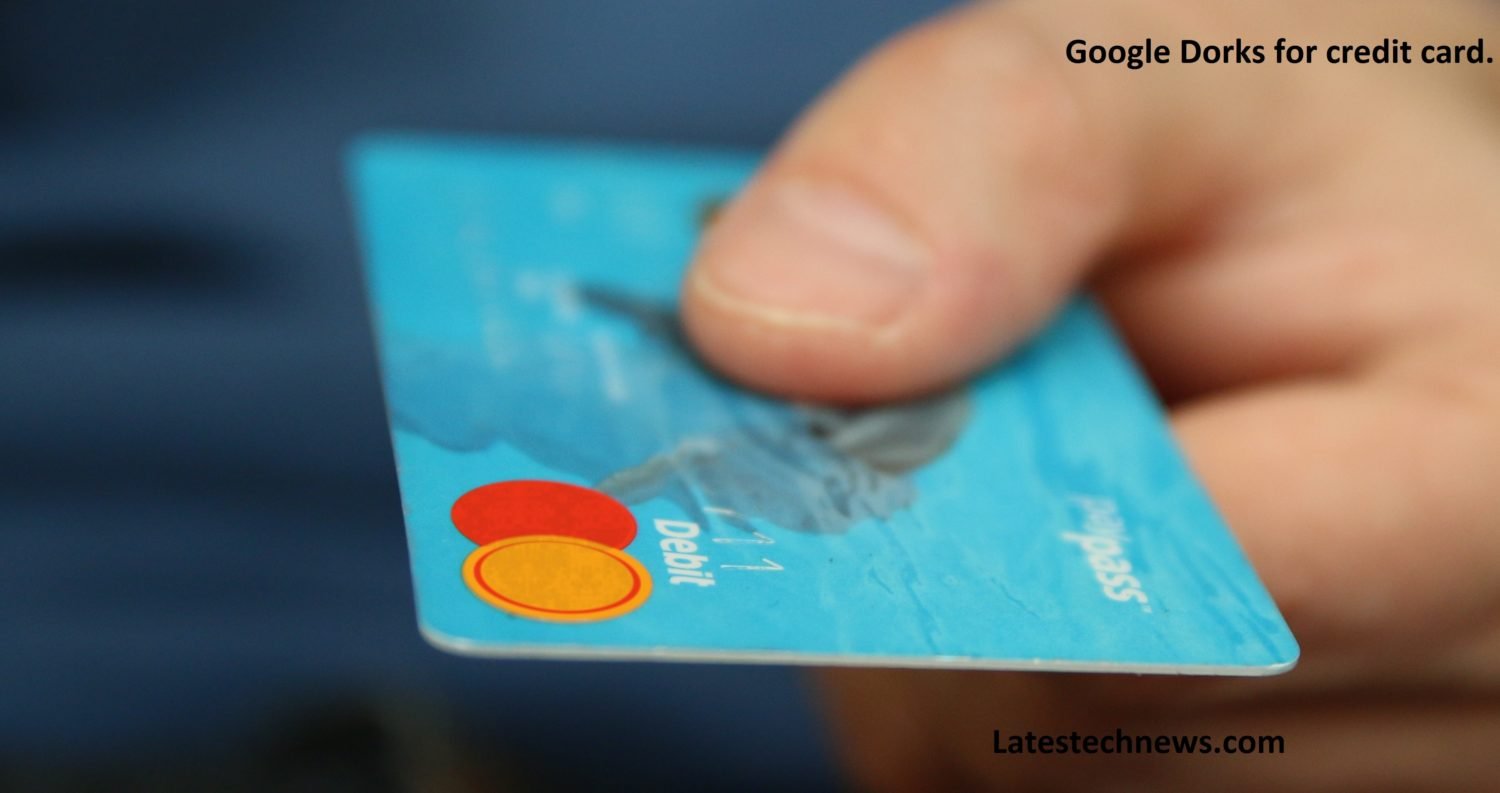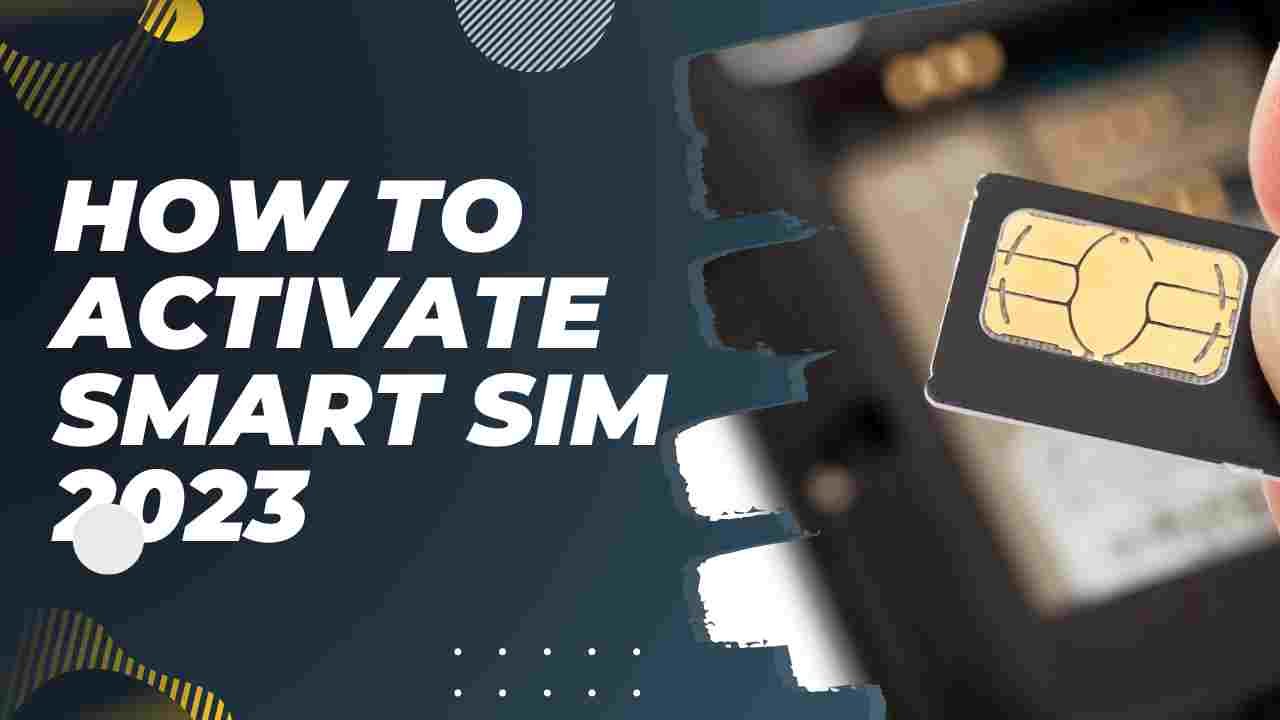The financial sector in india has developed significant transformations in recent years, driven primarily by rapid adoption of realtime digital technologies. One of it’s most significant developments in online payments is use of Unified Payments Interface (UPI), an instant real-time payment system developed by National Payments Corporation of India (NPCI).
The UPI system is built over Immediate Payment Service (IMPS) and has revolutionized digital payments in India by enabling users to send and receive money directly from their bank accounts using mobile device. The Virtual Payment Address (VPA) is a unique aspect of UPI which simplifies transactions by acting as a virtual identifier. This article discusses the concept of VPA, What Is VPA in UPI, its benefits, and process of creating and using VPAs for UPI transactions.
Understanding Virtual Payment Address (VPA)
What Is VPA in UPI
A Virtual Payment Address (VPA) is a unique identifier which enables UPI users to send and receive money without disclosing their bank account number or IFSC code. In simple terms, VPA acts as an email ID for your financial transactions. It is a user-defined, easily memorable address that maps to the user’s bank account, making the process of transferring money more straightforward and user-friendly.
Structure of a VPA
A VPA typically comprises two parts: the username and the service provider’s domain. The structure of a VPA resembles an email address and follows the format: username@serviceprovider. For example, john.doe@bankname. The username is chosen by the user, while the service provider is the bank or the UPI-enable application used by the user for digital transactions.
Benefits of Virtual Payment Address
- Enhanced Privacy and Security
With the VPA system, users no longer need to share sensitive bank account details or IFSC codes with others to initiate transactions. The VPA serves as a secure, unique identifier that minimizes the risk of fraud and misuse of personal financial information.
- Simplified Transactions
VPAs eliminate the need to remember and enter lengthy bank account numbers and IFSC codes, significantly simplifying the transaction process. By using a VPA, users can initiate transactions with just a few taps on their mobile devices.
- Interoperability
UPI allows for interoperability between various banks and UPI-enabled applications. This means that a user can create a VPA with one bank or app and use it to transact with any other UPI-enabled bank or app.
- Multiple Accounts Management
Users can link multiple bank accounts to a single VPA, making it easier to manage and switch between various accounts during transactions.
Creating and Using a Virtual Payment Address
Setting Up VPA
To create VPA, UPI users needs to follow these simple steps:
- First Download and install UPI enabled application from App Store or Google Play Store.
- Complete the registration process by entering required details, such as mobile number, email ID, and password.
- Link a bank account to the app by selecting bank from the list and providing the necessary details.
- Choose a unique username to create VPA (e.g., john.doe@bankname).
Once the VPA is created, users can start using it for digital transactions.
Using VPA for Transactions
VPAs can be used for various transactions, including:
- Sending Money: Users can initiate a transaction by entering the recipient’s VPA and the amount to be transferred. The transaction is authenticate using a UPI Personal Identification Number (UPI PIN).
- Receiving Money: Users can share their VPA with others to receive money. The sender needs to enter the recipient’s VPA and authenticate the transaction using their UPI PIN.
- Checking Account Balance: Users can check their account balance by selecting the linked bank account and entering their UPI PIN.
- Viewing Transaction History: VPAs allow users to view their transaction history, which includes details of all the transactions made using the VPA.
- Setting up Recurring Payments: Users can schedule recurring payments, such as monthly utility bills or subscription fees, by providing the payee’s VPA and specifying the frequency and duration of the payments.
- QR Code Payments: Merchants can generate a QR code linked to their VPA, which customers can scan using their UPI-enabled app to make payments.
Security Measures for Virtual Payment Addresses
- UPI PIN
A UPI Personal Identification Number (UPI PIN) is a 4-6 digit secure code that acts as an additional layer of security for UPI transactions. Users must enter their UPI PIN to authenticate every transaction made using their VPA.
- Device Binding
UPI-enabled apps use device binding, which means the app is securely linked to a specific device. This prevents unauthorized access to the user’s VPA and linked bank account information on other devices.
- Two-Factor Authentication
UPI systems employ two-factor authentication, requiring users to verify their identity using two separate methods. For example, users must provide their VPA and UPI PIN to authenticate a transaction.
- Transaction Limits
To reduce risk of online frauds, UPI transactions are subject to daily and per-transaction limits, which vary depending on bank and the user’s transaction history.
Best Practices for Using Virtual Payment Addresses
To ensure the security of VPA transactions, users should adopt the following best practices:
- Create a strong UPI PIN and never share it with anyone.
- Regularly update the UPI-enabled app to ensure the latest security features are in place.
- Avoid using public Wi-Fi networks for financial transactions.
- Monitor transaction history and report any suspicious activity to the bank immediately.
- By Keeping mobile device operating system and security software up-to-date.
FAQ’s :
How do I find my UPI VPA?
To find your UPI VPA, open your UPI-enabled app, go to your profile or settings, and locate the section displaying your VPA.
Is UPI ID and VPA same?
Yes, UPI ID and VPA are the same. Both terms refer to unique identifier used in the UPI system to facilitate transactions without sharing bank account details.
Where is VPA in Google Pay?
In Google Pay, VPA can be found by tapping your profile photo in top-right corner of the home screen, and then selecting “Settings.” VPA will be displays under the “UPI ID” section.
How does a VPA look like?
A VPA looks like an email address, following the format username@serviceprovider (e.g., john.doe@bankname). The username is chosen by the user, and the service provider represents the bank or UPI-enabled app.
Conclusion
The introduction of Virtual Payment Addresses (VPA) in UPI system has revolutionized digital payments in India, offering a secure, user-friendly, and interoperable platform for financial transactions. By simplifying this process of transferring money and reducing the need to share sensitive financial information, VPAs have become an essential component of the digital payments landscape. By understanding the benefits and security measures associated with VPAs and adopting best practices, users can take full advantage of this innovative payment solution for their everyday financial needs.
Also Read : How to Check Aadhar Card Status




















![5 Best Xbox Emulators For PC 2019 [Download Link Included] Xbox Emulators](https://latestechnews.com/wp-content/uploads/2019/08/Xbox-Emulators.jpg)

